Facilities Metrics Help Drive Compliance
If you’re looking for a cloud-based advanced electronic system to enhance safety, eliminates manual logging, improves compliance readiness and operational efficiency of health facilities, you’ve arrived at the right place.

Let us help you evaluate your needs!
- Safety: Alerts via text, email, push notifications and phone calls to protect your precious assets
- Compliance: Automated compliance reports
- Efficiency: Reduced Manual Logging and time spent on reports
And what makes us different?
- Lifetime Warranty: Never buy hardware again!
- Unlimited Users: Scale across your entire organization
- Connectivity Flexibility: Wi-Fi, Cellular or Data Hub
- Phone call alarms: Alerts won't get ignored
- Mobile App: 500 Freezers in your pocket
- Facility monitoring: Simple to add water leak, door open, occupancy, and even IAQ monitoring
Engineered in Indiana with U.S.-based support.
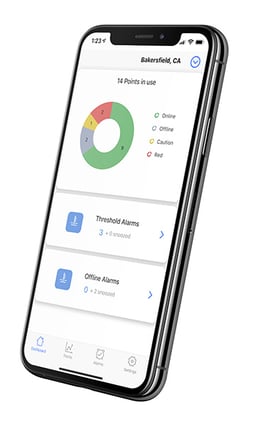
See What Customers Say About Sonicu
Asset Protection. Compliance Automation. And Reduced Manual Processes.
Sonicu serves thousands of professionals at hundreds of organizations across North America by improving how they monitor and manage their most sensitive assets and environments.
Professionals from healthcare, life science, laboratory and cold chain facility management turn to Sonicu to help them improve the way they do business.
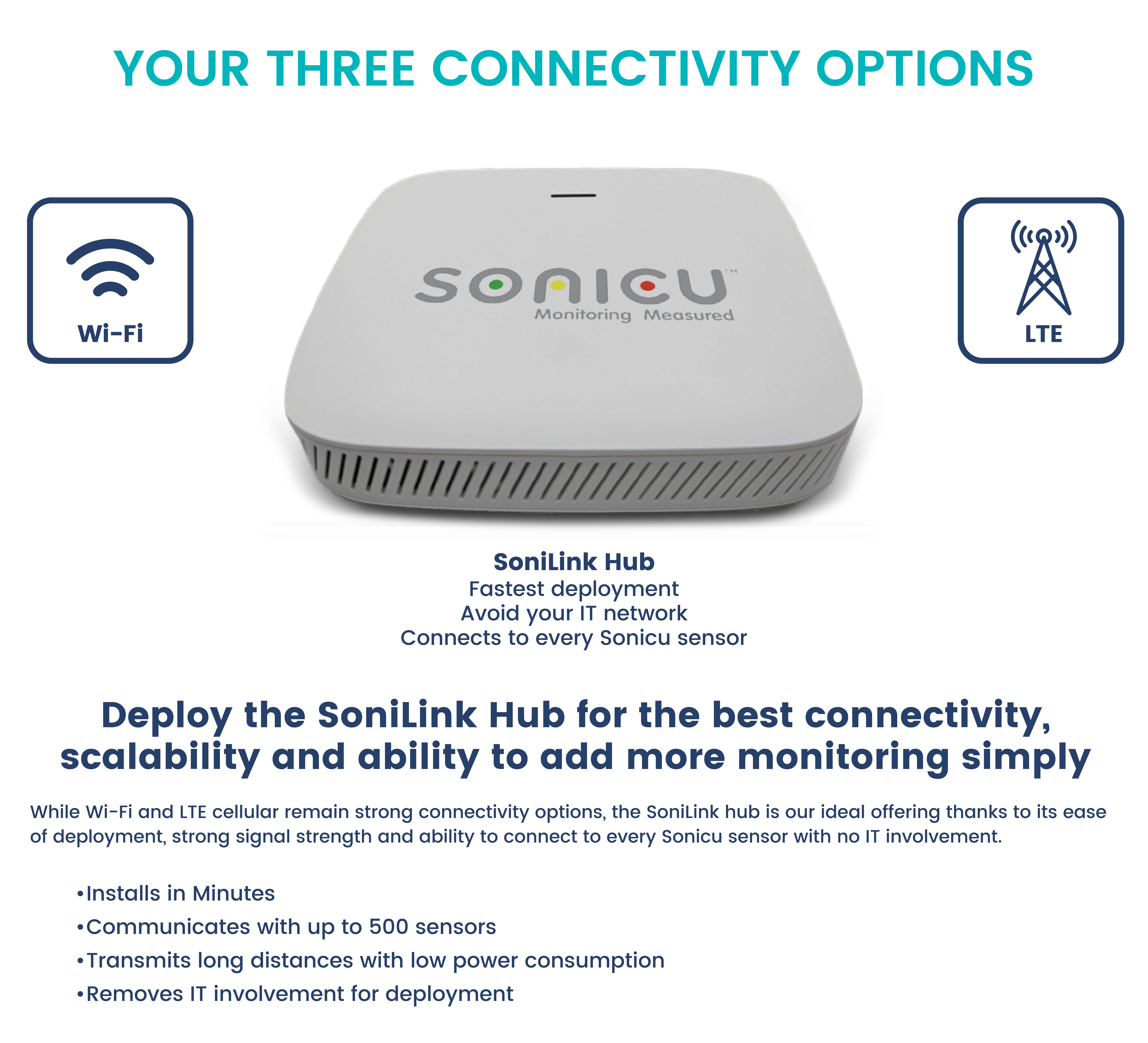
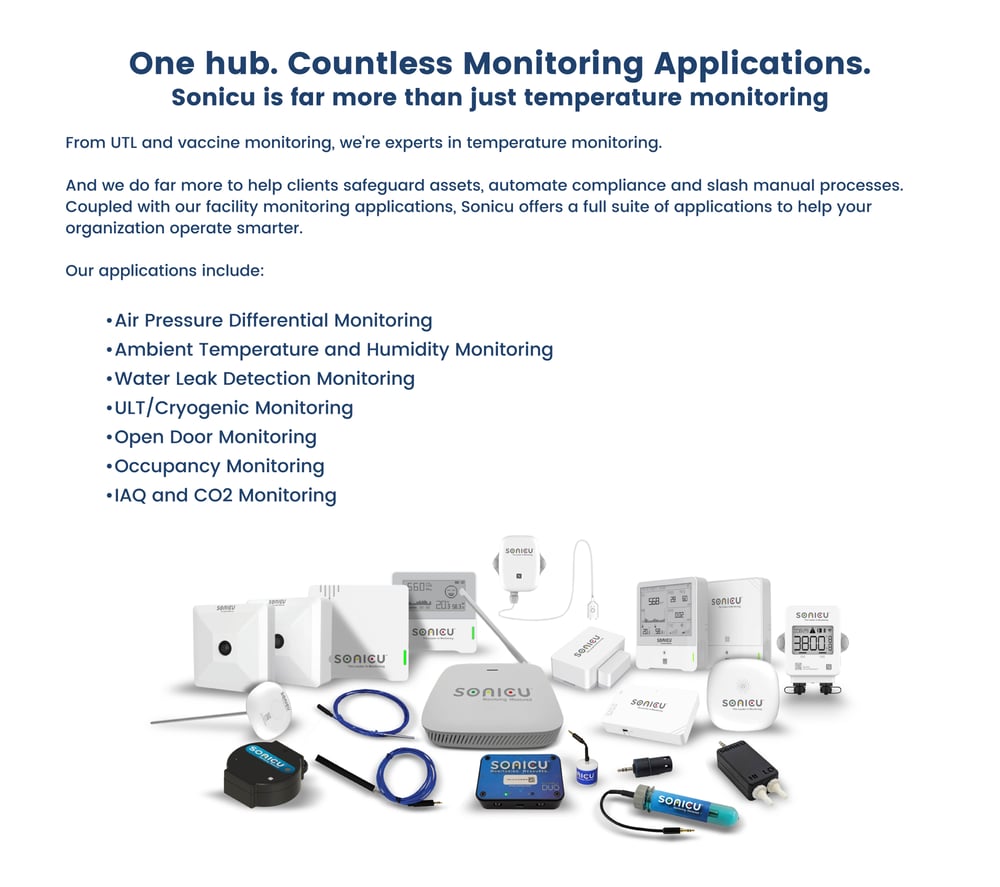
Facilities Metrics Help Drive Compliance
Regulatory agencies have begun to focus increasingly on physical environments. As a result, data is becoming more important for health facility operators to maintain safe, reliable, and compliant facilities.
Larger facilities conducting inspection, testing, and maintenance (ITM) on a wider scale need to harness the data from these processes to improve decision making and operational efficiency.
This is crucial, considering its implications on improving safety while maintaining compliance.
The overall approach entails adopting electronic systems such as Sonicu’s SMART IoT to assess inspection, testing, and maintenance processes, using an enhanced graphic user interface (GUI) in risk evaluation, and improving compliance tracking through the use of intuitive dashboards.
Objectives of such initiatives include:
- Using technology as a tool to improve the overall patient experience
- Using technology to improve safety of healthcare facilities and supplies
- Improving operational efficiencies by data-driven leadership
- Improving accountability, transparency, and traceability
Creating Data Standards
For such projects to succeed, there is a need to develop data standards that determine how asset inventory is handled across multiple locations.
Data standards serve a crucial purpose. They ensure that facilities and their vendors have a streamlined way of maintaining information on their assets. As a result, collected data supports maintenance programs and improves asset management.
Examples of data standards include naming conventions as well as guidelines on how information is keyed into computerized systems. This can lead to increased ease and reduced time spent storing, retrieving, and analyzing data.
You can learn more about how our software helps compliance professionals in these case studies:
Discount Drug Mart: Power Outage Protection + Compliance Automation
Problem: Transitioning from manual temperature logs and reactive power outage management
Solution: Adopting Sonicu's advanced system for seamless temperature monitoring and real-time power outage alerts across its 77 locations.
Hendricks Health: From Nutrition to the OR
Problem: The need to improve compliance and safety across various departments, starting from nutrition to the operating rooms.
Solution: Upgraded monitoring systems to enhance patient safety and streamline compliance across multiple facilities.
IU Health: Enterprise Monitoring
Problem: Challenges of using a locally based server and multiple monitoring solutions across departments.
Solution: Transitioned to a single, cloud-based solution with Sonicu to enhance monitoring capabilities across more than a dozen locations and the IU School of Medicine.
Asset Management
Asset management committees can be established to determine essential roles, responsibilities, processes, and key performance indicators.
The asset management process includes capital planning, proposed asset validation, and outlining regulatory requirements.
The aim is to have a systematic and planned approach to asset management. This entails developing a standardized nomenclature for systems, assets and procedures, planned reviews and better tracking of vendor performance.
Benefits of a Digitized System for Health Facility Management
Improved Forecasting
Systems such as monitoring dashboards enable teams to monitor assets as well as inspection, testing, and maintenance (ITM) data.
Teams can therefore ensure that data conforms to the established standards and that assets are properly matched with the respective processes where they are utilized.
In addition, the data facilitates have better forecasting, planning, and scheduling. Work can be planned and scheduled, shortening lead times on labor, materials, and vendor capacity. Program flowcharts can be created to map out everything that needs to take place as well as the necessary requirements.
Assessments can then be made to ensure compliance.
Safeguarding Data Integrity
To ensure data integrity is maintained, procedure instructions can be standardized per asset type and shared across the supply chain.
With the right systems in place, stakeholders can check whether assets and procedures are in line with the established standards and if operations are running as scheduled.
This reporting makes it possible to easily spot inconsistencies and deviations from set standards.
For instance, if an asset isn’t captured on a schedule, it may go without inspection and testing. This could put the organization at risk of breaching regulations.
Better Documentation Management
Creating, updating, and maintaining physical compliance binders is painstaking.
With a platform such as Sonicu, relevant data that needs to be evaluated by regulatory authorities is accessible in digital format, making it easier to manage.
Moreover, digital documentation could lead to a reduction in the need for document review findings.
Value Creation
Systematic approaches to data standardization create value.
By standardizing data and nomenclatures, an organization can simplify the maintenance of reliable master records while streamlining facility risk management and increasing compliance with regulatory requirements.
Using an integrated approach can lead to dramatic improvements in management practices, better internal structuring, and more insightful, accurate, and data driven reporting.
Enhanced Internal Auditing
Different regulatory agencies have varying requirements. Additionally, there are multiple authorities with jurisdiction.
This can make compliance quite challenging. With a digitized data management system, it’s possible to develop an internal audit framework which focuses on the most stringent regulatory and compliance requirements.
With Sonicu, those responsible for testing can monitor assets remotely through devices such as tablets as the system is hosted on the cloud. Checks can be made to ensure temperature and pressure levels remain within the established threshold.
Any activity outside the normal range triggers alarm notifications in real time. Better in-house audits and reports contribute to overall better adherence to compliance requirements.
Maintain Safety, Reliability, and Compliance through Data-Driven Systems
In order to collect and harness data to improve the safety, reliability, and compliance of their facilities, health care organizations need to start by developing a data strategy to manage data.
After a well detailed and structured inventory of facility components is in place, there is a need to properly define roles and responsibilities, processes, and evaluation criteria for performance.
As part of the change management process, when moving to digital documents, the implementation team can determine the management structure for electronic content.
Organizations can then proceed to the optimization of their operations such as risk assessments, inspection, testing, and performance analyses.
Sonicu offers a comprehensive digital solution for compliance automation and operational efficiency.
Sensors are deployed in the facility and begin to transmit data once they are configured. This data is then relayed on an intuitive dashboard.
The Sonicu dashboard is detailed but can also be easily configured to show data summaries and filtered views as needed.
This results in 100% operational visibility across the facility.
As part of the smart reporting tools available with Sonicu, users have access to real-time alerts anywhere at any time with resolution tools while also benefiting from intuitive reporting that is vital for compliance reporting.
All of this happens while maintaining data security through the use of a virtual private network (VPN) during data transmission.
Sonicu’s solutions are ideal for different types of healthcare facilities including hospitals, pharmaceutical plants, and clean rooms.
To learn more about Sonicu and how it can improve operational efficiencies at your facility, request a demo.
You can learn more about how our software helps compliance professionals in these case studies:
Ohio University Innovation Center
Problem: Tech and tech-enabled startups at the Innovation Center needed reliable support systems for temperature and environmental monitoring due to the requirements of grant-funded projects.
Solution: Implement Sonicu for comprehensive monitoring of temperature, ambient humidity, and air pressure differentials, ensuring necessary protection and compliance.
Hancock Regional Health: Enterprise Monitoring from Sound to Environmental
Problem: Disparate monitoring systems were taxing the staff with many manual processes, leading to inefficiencies and reduced asset protection.
Solution: CEO Steve Long initiated the adoption of a consolidated monitoring program for temperature, environmental, and sound, which automated compliance and reduced manual logging.
Xytex Sperm Bank: Ultra Low Temperature Monitoring
Problem: Frequent false alerts were causing alarm fatigue, threatening the operations at Xytex Sperm Bank.
Solution: Partnered with Sonicu to develop a custom temperature monitoring solution for ULT and cryo temperatures, including probes inside and outside the preservation chambers.
American-based Customer Support: Robust & Reliable High Touch Service
Software and technology is only as good as the people who stand behind it.
At Sonicu, that means our team of American-based customer success managers who are never more than a phone call away to help field and fix any service issues.
Our probes and sensors are placed in demanding frozen environments and our software literally sends billions bits of data monthly, meaning there’s always the potential for a hiccup on either the hardware or software.
We are committed to fielding every customer service request promptly and addressing our customer’s concerns promptly and professionally.
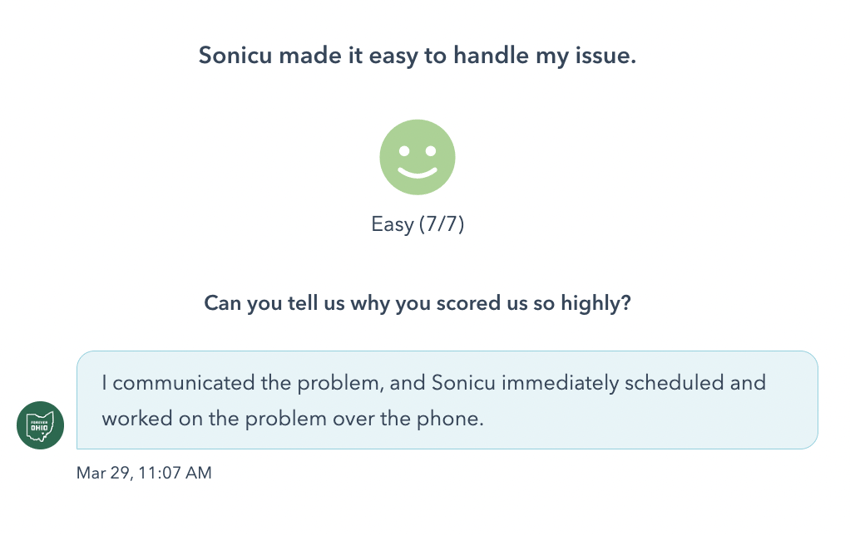
 “I like to say that every refrigerator or freezer is like a car in that they all behave a bit differently,
“I like to say that every refrigerator or freezer is like a car in that they all behave a bit differently,
and then every now and then you just get a bad boy who doesn’t want to perform as we need it to,”
Martha Rardin, Director, Nutrition and Dietetics, Hendricks Regional Hospital.
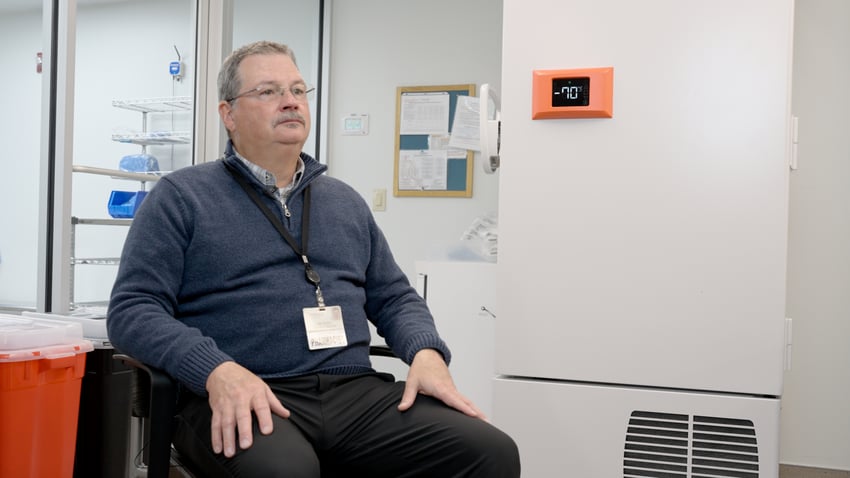 “Sonicu has been a powerful tool to identify which units are behaving out of spec and get our team
“Sonicu has been a powerful tool to identify which units are behaving out of spec and get our team
to fix them before we have a serious issue.”
Tim Livesay, Director, Hancock Regional Hospital Pharmacy Director


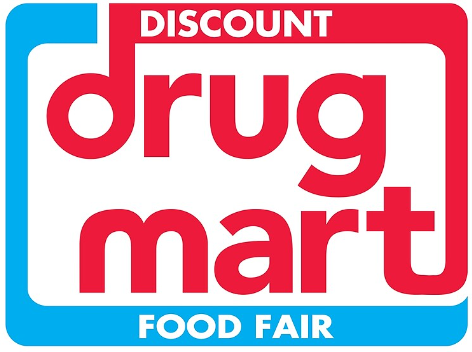
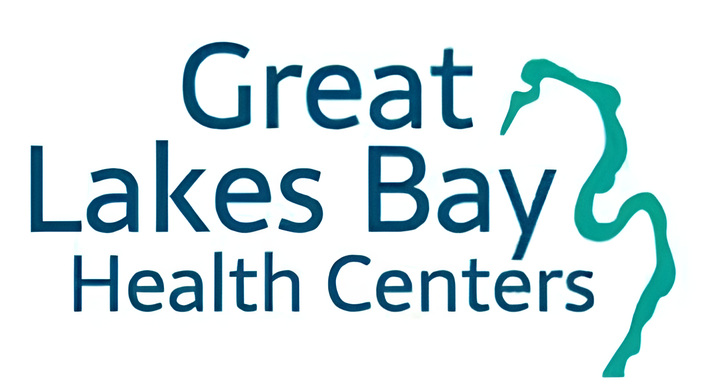

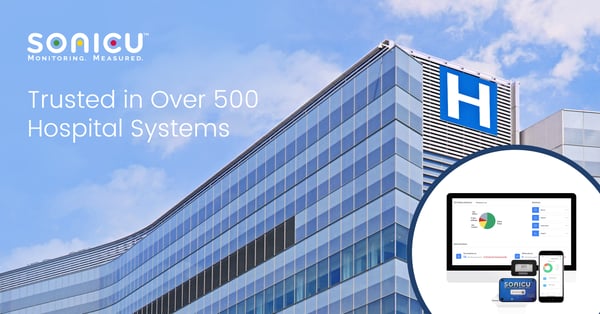
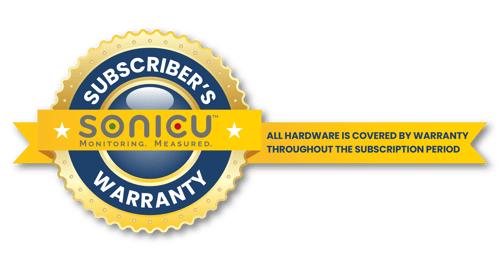


How IU Health
consolidated all of its pharmacy monitoring needs
into one cloud-based platform serving dozen of locations.